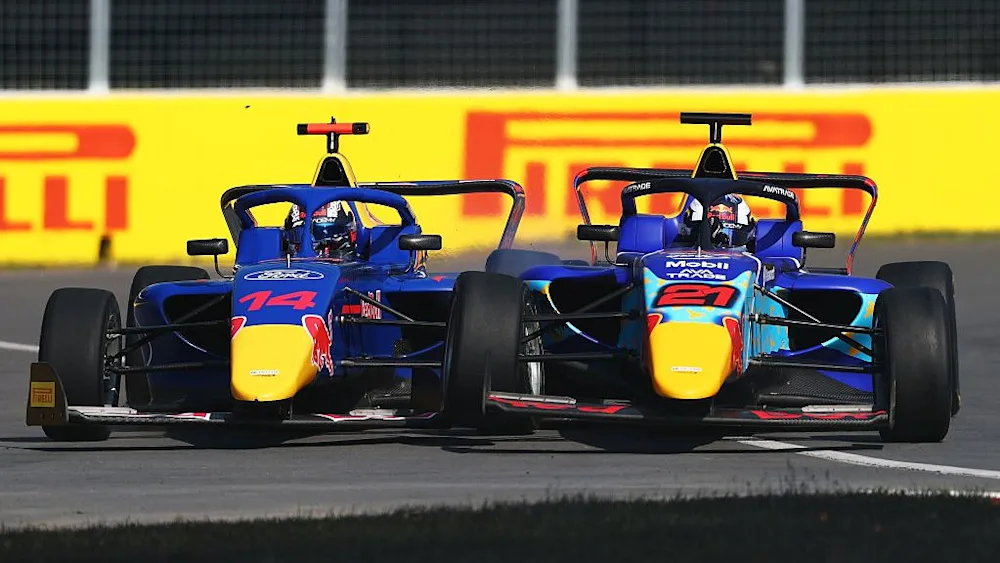IndyCar delays hybrid power unit until after Indy 500
- Archie O’Reilly

- Dec 7, 2023
- 2 min read
Updated: Jan 3
Written by Archie O'Reilly

The NTT IndyCar Series have announced that the introduction of the hybrid power unit, which was intended for the start of the 2024 season, has now been delayed until the second part of the season - after the 108th running of the Indianapolis 500.
On-track testing of the new hybrid components commenced over a year ago. The 2.2-litre twin-turbocharged V6 engine was then first paired and tested with the hybrid unit on 16 August this year at Sebring International Raceway. Across three months of testing so far, a total of 15,256 miles have been successfully completed.
There have been 13 drivers that have participated in hybrid testing so far, spanning four of IndyCar's major teams - Team Penske, Chip Ganassi Racing, Arrow McLaren and Andretti Global. It was intended for a larger scale test to take place this month, but this was postponed, hinting at some possible hurdles that need to be overcome.
Still, there has been sufficient testing on all types of track - ovals and road courses, plus the bumpy Sebring track acting as a street course. Oval test locations have included the Indianapolis Motor Speedway (IMS), Milwaukee Mile and World Wide Technology Raceway, with road course tests at IMS, Road America and Barber Motorsports Park.
Despite the delay to the rollout of the new hybrid technology, which is necessary to avoid any reliability issues in its early stages, there is positivity inside IndyCar that adequate progress has been made on producing the 'first-of-its-kind' hybrid unit.

"The partnership between Chevrolet and Honda has been phenomenal," IndyCar President Jay Frye said on the cooperation between the two engine manufacturers. "The IndyCar-specific hybrid power unit is dynamic and an engineering marvel, and we’re completely committed to its successful introduction next season."
The start of the 2024 season will still see cars featuring lighter chassis components, including the aeroscreen and gearbox. These components are intended to facilitate the additional weight of the hybrid power unit, which the series will surely hope does not become problematic if it is introduced mid-season as now scheduled.
Once introduced, the hybrid unit is expected to further enhance IndyCar's already creditable racing product given its additional horsepower. A Motor Generator Unit (MGU) and Energy Storage System (ESS) will both fit inside the lighter-for-2024 bellhousing, between the combustion engine and gearbox.
Multiple strategies for energy regeneration and deployment - essentially an Energy Recovery System (ERS) - have been tested. There will be new push-to-pass options available to drivers, with no limit on total time used across a race, unlike the previous overtake system. This is expected to give drivers more control and further improve racing.
Additional testing and continued development of the hybrid package will continue throughout the winter and spring months before the season-opening race weekend from 8-10 March 2024 on the streets of St. Pete. IndyCar are expected to announce more information on the competitive launch of the hybrid unit at a later date.









Comments